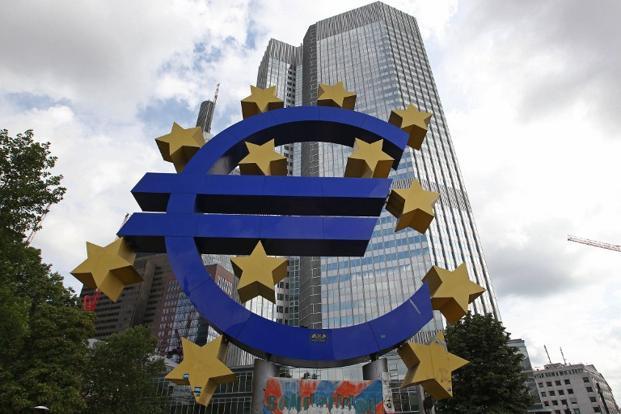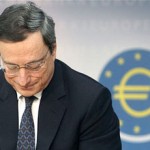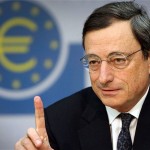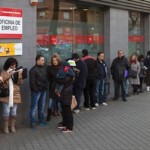What to Watch at the ECB’s Meeting
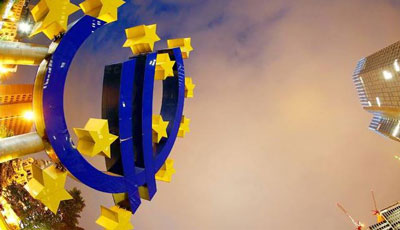
As Mario Draghi prepares to face the cameras on Thursday, analysts have rarely been so divided over what to expect from the European Central Bank president.
In July, ECB officials signaled that they were ready to unleash fresh stimulus to support the eurozone’s economy following Britain’s vote to leave the European Union. Since then, economic data have been mixed, and Mr. Draghi hasn’t spoken publicly for seven weeks.
One thing is clear: The ECB is still far from hitting its primary goal of keeping inflation just below 2%, a target it has missed for more than three years.
With inflation expected to rise only slowly, most economists expect the ECB to act again soon, probably by extending its massive bond-purchase program, known as quantitative easing. The only question is, when?
What is the ECB expected to do on Thursday?
ECB watchers are finely divided. Roughly half expect Mr. Draghi to announce a six-month extension to the ECB’s €80 billion ($90 billion)-a-month bond-purchase program, through September 2017. The other half expects that announcement to come in December. A delay would allow the ECB to keep some powder dry, and to watch the actions of central banks in the U.S. and Japan. The danger is that investors might react badly, driving up the euro against the dollar, which would make life harder for the region’s large exporters. “This week’s hardest decision will be whether [the ECB] dares to do nothing,” said Carsten Brzeski, an economist at ING-DiBa in Frankfurt.
How bad is the economic situation?
Better than expected. Recent data have appeared to show eurozone growth holding up in the wake of the Brexit vote. But inflation, at just 0.2% in August, remains far too low. Fresh ECB staff forecasts, to be published on Thursday, are expected to show a slightly weaker outlook, which could give officials a reason to act. But Mr. Draghi might argue there is still stimulus in the pipeline, notably a series of cheap loans for banks.
What will investors be watching on Thursday?
Technical tweaks. Under the current rules of QE, the ECB faces tight restrictions on which bonds it can buy: It can’t buy more than 33% of any individual bond issue, or bonds yielding less than minus 0.4%. But likely shortages in some bond markets, particularly German government bonds, mean those rules may be tweaked again. The most likely move, economists say, would be to start buying more negative-yielding bonds.
What else could the ECB do?
If inflation fails to pick up decisively, the ECB could start buying other assets, such as bank bonds and bundles of loans, or even stocks or real estate, as Japan’s central bank has done. In extremis, policy makers could consider more radical steps, such as “helicopter money,” an extreme form of stimulus that could involve direct payments of central bank money to individuals. Still, such a measure is questionable under EU treaties, and Mr. Draghi has said repeatedly that it hasn’t been discussed. ECB board member Yves Mersch pointedly warned over the weekend against using “extreme measures” that could undermine trust in the single currency.
What about interest rates?
The ECB has already cut its deposit rate—charged to banks for parking funds with the central bank—to minus 0.4%. Until recently, ECB officials had been stressing their positive experience with negative rates, and signaled that rates could fall further. But in recent weeks, officials have acknowledged the concerns of banks—particularly in Germany—over the squeeze on their bottom lines. That means a descent into more negative territory looks unlikely, for now.
Source: WSJ









